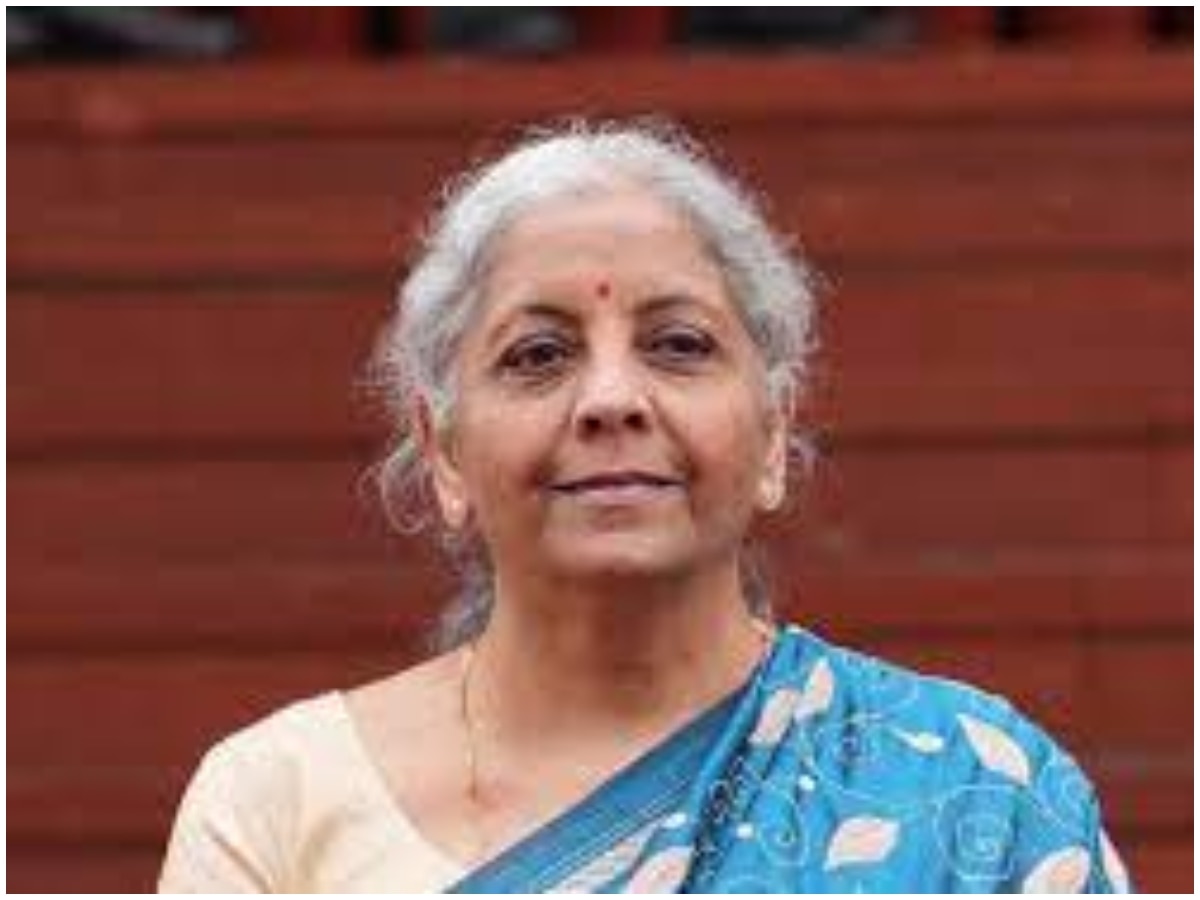Education Budget 2024 Expectations: Development of AI-Enabled Learning, Introduction of Preparatory Classes; Here’s What Experts Say

Budget 2024-25: Union Finance Minister Nirmala Sitharaman is scheduled to present the Budget for 2024-25 in the Lok Sabha on July 23. The Budget for 2024-25 will be the first and foremost major economic document of the Modi 3.0 government, which, among other things, is expected to lay the road map for making India a developed nation by 2047.
As the Union Budget 2024 approaches, the education sector in India holds high expectations for significant advancements. Stakeholders are advocating for a substantial increase in budgetary allocation, emphasizing the need to bridge gaps in infrastructure, teacher training, and digital integration. With the previous budget allocating rupees 1.12 lakh crore to education, experts are calling for a potential 100 per cent increase to rupees 2.25 lakh crore to meet the ambitious targets set by the National Education Policy (NEP). The Budget 2024-25 comes when the government has faced significant criticism over recent controversies involving paper leaks and related issues.
Budget 2024-25: Key Expectations for the Education Sector
Key areas to focus on include enhancing early childhood education by integrating Anganwadis with elementary schools and introducing preparatory classes, which require robust infrastructural support and additional teacher recruitment. The education sector also seeks increased funding for digital divide, essential for modernizing learning and making education accessible to marginalized communities.
“There is a strong push for investments in EdTech and AI to revolutionize the development of AI-enabled learning tools, comprehensive teacher training programs, and fostering industry-academia collaborations to align academic curricular with the evolving job market. Financial aid and scholarships are also on the agenda to make education more affordable, particularly for underprivileged students,” says Bhawna Arora, Economics Expert, KIIT World School, Pitampura.
Allocating funds for skill development programs aims at enhancing employability among youth. Introducing new courses and certifications aligned with industry needs and future job markets. “Supporting initiatives like Pradhan MantriKaushalVikasYojana for vocational training. Increasing funding for research projects in higher education institutions. Encouraging innovation and start-ups through incubation centres in universities,” added Arora.
“Overall, the budget is expected to lay the groundwork for the NEP’s vision, aiming for a Gross Enrolment Ratio (GER) of 50% by 2035 through strategic investments in infrastructure, capacity building, and international collaborations,” added Arora.
Budgetary allocation is needed to establish and support Creativity & Innovation Labs within design colleges, schools, and across various educational levels. This initiative can be further strengthened by providing special funds to bodies like MSME, DTC, and similar organizations known for fostering creativity and innovation within the design sector,” says ArchanaSurana Founder & Director – ARCH College of Design & Business ,Vice President – Cumulus Executive Board.
As per Surana, the UGC grant system should introduce a new category specifically dedicated to design education, acknowledging its unique and vital role in the academic landscape. These funds would significantly enhance design education by providing resources for curriculum development, faculty training, and infrastructural upgrades.
ArchanaSurana noted that a strategic approach would be to incentivize collaboration between companies and design institutions by implementing a CSR-like tax incentive scheme or add-on benefits. This initiative would not only benefit companies but also encourage design students to actively engage with industry partners, ultimately enhancing their exposure and employability prospects.
She further states that the education ministry needs to take proactive steps to address the critical shortage of qualified design faculty. Implementing robust UGC Driven design faculty development programs is essential to overcome this prominent challenge within the design education sector.
A government budget is an annual financial statement of the estimated receipts and expenditure of the government over the fiscal year. In simple words, a budget is a financial plan that outlines expected income and expenses over a specific period, usually a year.





